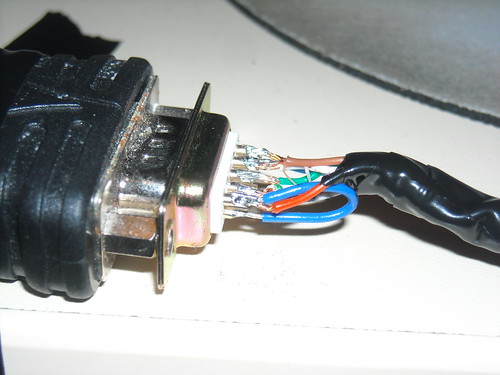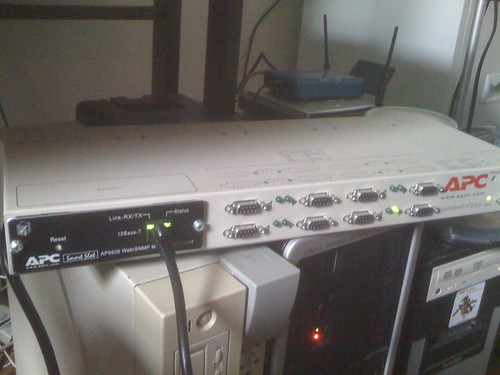Recent discussion on Fedora devel about systemd got my pulse racing, so I thought I’d share a few thoughts here. This is all my own personal opinion and is not an attack on Lennart. He’s a great guy who takes on tough problems and is at most guilty of being overly optimistic that problems won’t arise in the adoption of new technology.
Firstly, let me note that the systemd idea is a good one, in the longer term. Other Operating Systems have tried this approach (perhaps the closest obvious example is OSX) to starting services when an attempt is made to talk to them, and there is a lot of merit to doing this as an automatic dependency-driven way of avoiding cruft, speeding up boot times, etc. Now I should note that none of you really actually care about boot times (you just think you do) because you suspend/resume for daily use, and if you’re doing hard-core plumbing or kernel work then you don’t have a lot of other cruft installed in the first place. So let’s just throw that “but but but…boottimes!” out of the window and admit to ourselves that’s just for fun. Good. Now, the fundamental approach to systemd is still a good one or others wouldn’t have tried this kind of thing in the past.
Secondly, Linux is not OSX. Scott had a tough enough time with upstart already (and wouldn’t it be nice if we could all just get along…but that’s another topic), things take time to change. Attempting to adopt a new technology late in a release just because it’s shiny and useful to Desktop users is in my personal opinion, unwise. The existing boot process works well – albeit it is not perfection, but then there are many other more pressing issues – and can certainly see us through another release of Fedora while systemd stabilizes, commitments to interfaces are thrashed out, and we figure out how to agree on stuff like what “noauto” even means anyway. You’d think that was standardized, but perhaps not. And if it’s not, this just shows how this can of worms opens up a ton of other stuff to be poking at at the same time.
But maybe I’m just hating on this because of my PulseAudio experience? Not at all. It’s true that I find PA frustrating, and none of the “killer app” features over raw ALSA have yet sold me on it. Playing to my “Air Tunes” device (RAOP) is skippy, grabs the device and won’t let go until PA is killed, playing from virtual machines is buggy, getting sound to come out of the right speakers is a challenge at the best of times (and the GNOME mixer app progressively becomes something so dumbed down it’s no longer useful to me), and I haven’t yet had the courage to try using Bluetooth speaker support. But these aren’t personal failings of Lennart. He’s just a talented guy who likes to take on tough projects that are complex and have a lot of dependencies. And sometimes there are dependencies on kernel changes, or other stuff that is tough for one guy to get done. I’m not hating on systemd, I’m saying that very talented people are still faced with the reality of glitches, bugs, and user adoption.
It comes down to this: most users would prefer to have some reliable sound than the best bells and whistles, and most of those same users (and I mean other than the handful who discuss stuff regularly on the Fedora “devel” list) would similarly prefer no init glitches over a technically better one. Pulseaudio has matured a lot. It’s still not perfect, but I generally let it stay installed these days (whereas I used to remove it immediately), except when I’m trying to do audio recording. I would say that systemd will mature nicely over the next 6 months or so at the present rate, at which time it can be considered for inclusion in Fedora as the optional or default init. But to include it now (in F14) is really – in my opinion – an exercise in forcing users to do testing without giving them a choice to opt into it. Let the experts try it first.
Jon.


